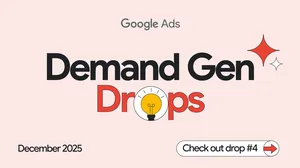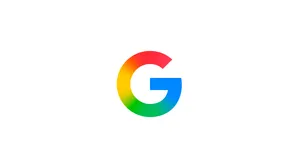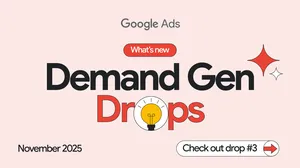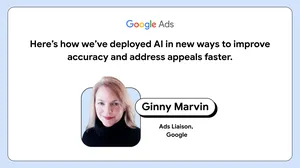Shaping ad experiences to an evolving YouTube viewership
Think back … can you remember the first time you heard about YouTube? Or even better–can you recall the first video you watched? It’s a fun parlor game we YouTubers sometimes play–and an occasion to reflect on how far the platform has come since its earliest days.
And for those of us who have been on the ads team for more than a few years, it’s particularly remarkable to think about how our ad products have changed as well. Back when we introduced TrueView 9 years ago, people entered the site typically from a link and typically on desktop, watched a short form video and then left to do other things. In fact, desktop represented 90 percent of all YouTube usage in 2010. The appetite for in-stream ad experiences was extremely low in these contexts, which prompted us to introduce a skippable video format that put the choice to view an ad in the hands of the user. Advertisers only paid if viewers watched the complete ad or 30 seconds if longer, so it was a win-win.
In the years since then, YouTube has grown to accommodate not only diverse content types and audiences, but also a new diversity of viewing patterns. In 2016, mobile viewing eclipsed desktop, and in 2019 TVs are our fastest growing screen. Today, viewers may just as readily binge six or seven short videos on their mobile phone, before they switch on YouTube on their TV and watch several hours of longer form video.
In short, YouTube viewing has evolved to serve seemingly divergent consumer mindsets – active browsing sessions where they discover new content and more longer, more leaned-back sessions. This has required a reconsideration of how we serve ads in each of these varied contexts.
Our mission as an ads team is to build the right ad experience for each of these contexts – from active discovery through to more leaned-back sessions:
Ad innovations to match viewer modes

The changing ways people watch YouTube also means that a view has different value in different contexts. This is why we continue to develop additional metrics beyond views and view-through rate–like Brand Lift, or direct actions and conversions – to quantify ad impact, while also developing new ad formats that are matched to viewing patterns and advertiser goals. While we work on these new ad experiences, our priority is to align pricing with anticipated advertiser value.
This led us to introduce Smart Pricing over a year ago, which aligns media costs with anticipated value of a given context. For example, if we know a user is watching content in a longer, TV-style session – we will price those ad impressions according to what our effectiveness models indicate is the typical value of that type of viewing mode. Smart Pricing delivers better results for advertisers – at launch we saw:
More efficient awareness—5 percent gain in brand awareness per dollar
Higher ROI for advertisers – 7 percent gain in ad recall per dollar
Beyond Smart Pricing, we are also working on ways to align YouTube media directly to your marketing objectives, and delivering value as you measure it. For instance, with video reach campaigns, you can optimize for your reach and awareness goals more easily using multiple video creatives and formats within a single campaign. Google’s machine learning will automatically serve the most efficient combination of those formats to help you reach your audience at scale.
The variety of viewing contexts is an asset, as YouTube increasingly meets the needs of viewers looking for short form, long form, TV screen experiences, a go-anywhere music player, social video, highly produced traditional video and more. And the continued evolution of our ad experiences means brands will see a benefit from each viewing mode. We take pride in continuously evolving our platform based on changing user behavior and will continue to experiment with delivering advertiser value across a variety of user contexts. And we invite you, our trusted customers, to partner with us as we build an effective video ad system for the age of choice.






